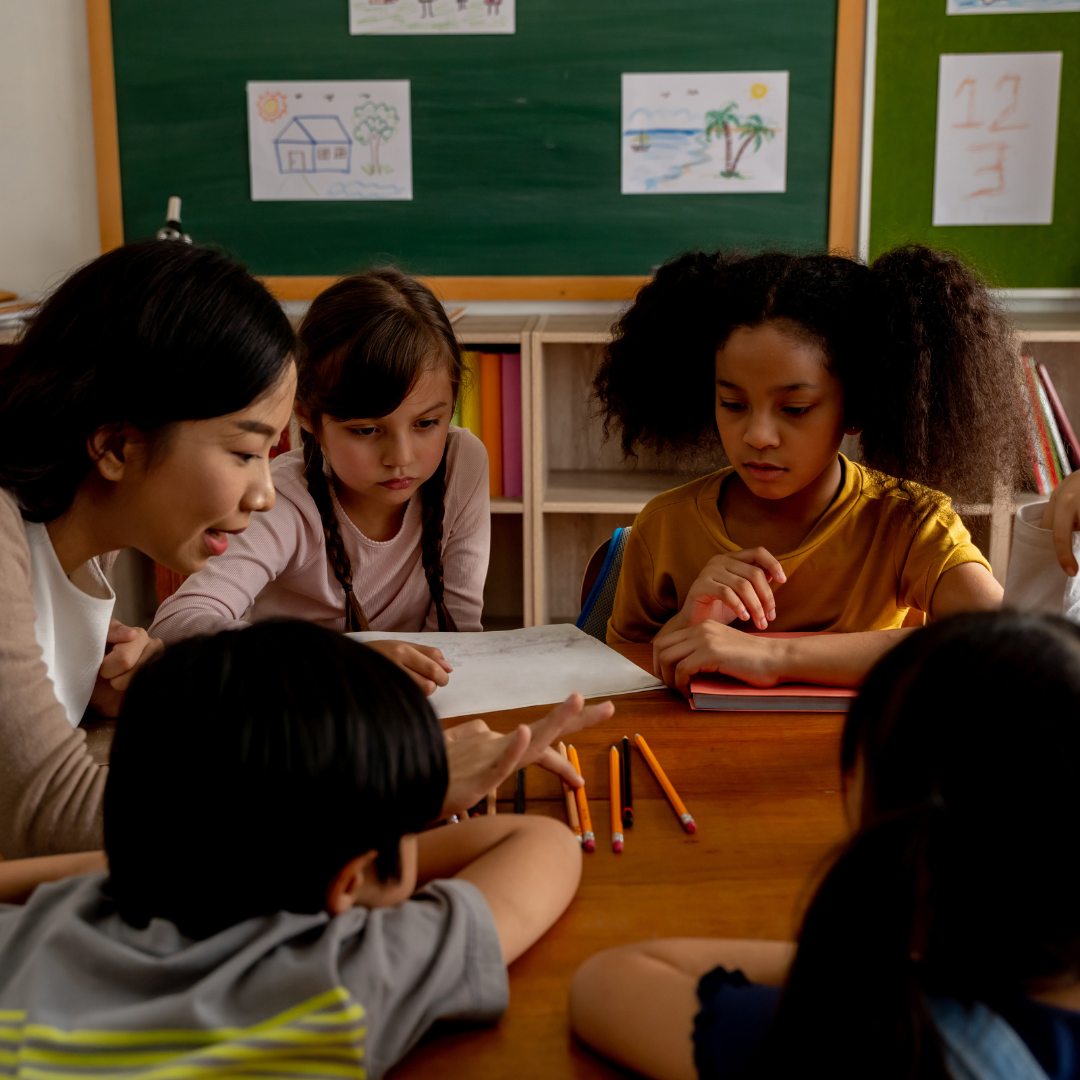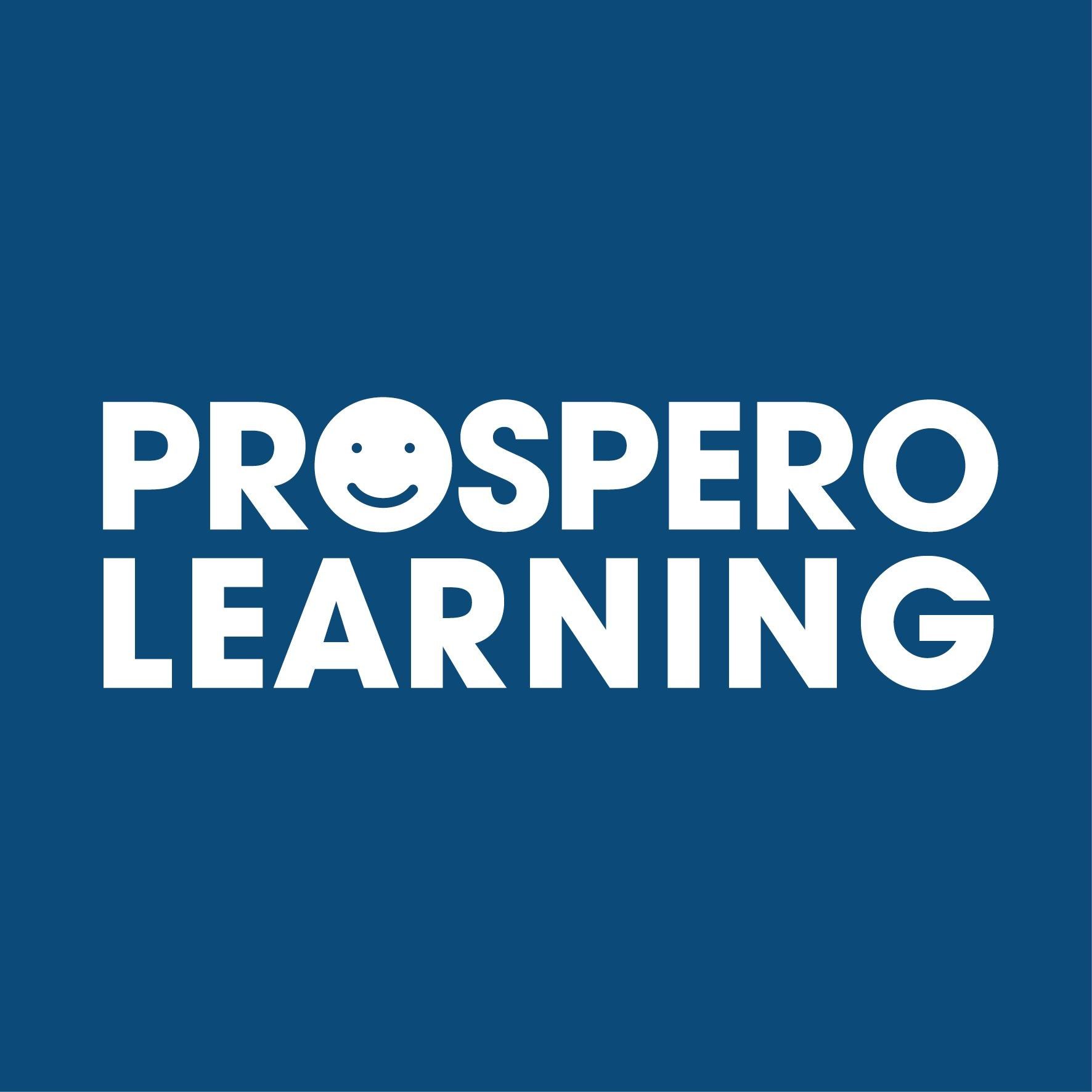But why is it so important?
Simply put, Modelling provides a clear roadmap for learning. By observing and discussing how to approach tasks, students gain invaluable insights into complex concepts.
The benefits of using Modelling span across subjects and can be used at all levels of teaching. From helping to explain grammar patterns and rules in early years teaching to demonstrating complex problem-solving strategies in Maths during secondary learning.
Modelling is flexible and can be adapted by teachers to any learning setting.
Simply put, Modelling provides a clear roadmap for learning. By observing and discussing how to approach tasks, students gain invaluable insights into complex concepts.
The benefits of using Modelling span across subjects and can be used at all levels of teaching. From helping to explain grammar patterns and rules in early years teaching to demonstrating complex problem-solving strategies in Maths during secondary learning.
Modelling is flexible and can be adapted by teachers to any learning setting.

What is Modelling?
In the context of teaching, modelling refers to the act of demonstrating and explaining a skill, concept, or approach to learning, allowing students to observe and learn by example.
It involves the teacher:
Performing a task:
This could be solving a math problem, writing an essay, conducting a science experiment, or demonstrating a specific technique.
Narrating their thought process:
As the teacher performs the task, they explain their thought process step-by-step, verbalising their thought patterns, decision-making processes, and reasoning behind each action.
This combination of action and explanation allows students to:
It involves the teacher:
Performing a task:
This could be solving a math problem, writing an essay, conducting a science experiment, or demonstrating a specific technique.
Narrating their thought process:
As the teacher performs the task, they explain their thought process step-by-step, verbalising their thought patterns, decision-making processes, and reasoning behind each action.
This combination of action and explanation allows students to:
Visualise the process:
By observing the teacher perform the task, students gain a clear visual understanding of the steps involved and how they connect.
By observing the teacher perform the task, students gain a clear visual understanding of the steps involved and how they connect.
Understand the rationale:
By listening to the teacher's narration, students gain insights into the thinking behind the actions, demystifying the process and fostering deeper comprehension.
By listening to the teacher's narration, students gain insights into the thinking behind the actions, demystifying the process and fostering deeper comprehension.
Develop critical thinking skills:
By analysing the teacher's thought process, students learn to question, analyse, and evaluate information, fostering their own critical thinking and problem-solving abilities.
By analysing the teacher's thought process, students learn to question, analyse, and evaluate information, fostering their own critical thinking and problem-solving abilities.
What makes Modelling stand out?
Modelling is a versatile strategy that can be used across various subjects and learning styles. It is particularly beneficial for introducing new concepts. Providing a concrete example helps students grasp abstract ideas and build a foundation for further learning.
Here's are some of the reasons we think it's a stronger strategy than traditional teaching:
Unveiling the "How" and "Why":
Complex concepts often appear as daunting walls to students. Modelling acts as a bridge, breaking down the steps involved and revealing the reasoning behind each action. By seeing the "how" and "why" unfold, students gain a clearer understanding and can replicate the process with greater confidence.
Empowering Independent Learners:
Modelling isn't just about copying; it's about equipping students with the tools to think critically and approach tasks independently. By observing the teacher's thought process, students develop valuable problem-solving strategies and analytical skills, becoming self-directed learners.
Building Confidence and Self-Efficacy:
Witnessing a task navigated successfully instills a sense of "I can do this too" in students. This positive reinforcement builds confidence and self-efficacy, essential for tackling challenges and embracing learning opportunities.
Promoting Equity and Inclusion:
Modelling provides a visual and auditory learning pathway, catering to diverse learning styles and abilities. Students who learn best by observing or listening benefit immensely from this approach, fostering a more inclusive learning environment.
Here's are some of the reasons we think it's a stronger strategy than traditional teaching:
Unveiling the "How" and "Why":
Complex concepts often appear as daunting walls to students. Modelling acts as a bridge, breaking down the steps involved and revealing the reasoning behind each action. By seeing the "how" and "why" unfold, students gain a clearer understanding and can replicate the process with greater confidence.
Boosting Engagement and Motivation:
Watching a skilled demonstration sparks curiosity and ignites students' interest in the task at hand. They see learning come alive, transforming passive absorption into active participation. This shift in engagement fuels motivation and fosters a desire to learn and achieve.
Watching a skilled demonstration sparks curiosity and ignites students' interest in the task at hand. They see learning come alive, transforming passive absorption into active participation. This shift in engagement fuels motivation and fosters a desire to learn and achieve.
Empowering Independent Learners:
Modelling isn't just about copying; it's about equipping students with the tools to think critically and approach tasks independently. By observing the teacher's thought process, students develop valuable problem-solving strategies and analytical skills, becoming self-directed learners.
Building Confidence and Self-Efficacy:
Witnessing a task navigated successfully instills a sense of "I can do this too" in students. This positive reinforcement builds confidence and self-efficacy, essential for tackling challenges and embracing learning opportunities.
Promoting Equity and Inclusion:
Modelling provides a visual and auditory learning pathway, catering to diverse learning styles and abilities. Students who learn best by observing or listening benefit immensely from this approach, fostering a more inclusive learning environment.

Does Modelling really work?
There has been many studies into studying and its efficacy in teaching.
In a study by Jitendra & Woodward (2004), researchers observed how teachers used modelling to introduce and solve math problems collaboratively with students. The results showed that students who participated in this modelled problem-solving approach demonstrated better understanding and problem-solving abilities compared to those who received traditional instruction.
A study by Graham & Harris (2003) found that students who received explicit writing instruction through modelling, including teacher explanations and demonstrations, significantly improved their writing skills compared to those who did not. These improvements included increased clarity, organisation, and use of evidence.
In a study by Jitendra & Woodward (2004), researchers observed how teachers used modelling to introduce and solve math problems collaboratively with students. The results showed that students who participated in this modelled problem-solving approach demonstrated better understanding and problem-solving abilities compared to those who received traditional instruction.
A study by Graham & Harris (2003) found that students who received explicit writing instruction through modelling, including teacher explanations and demonstrations, significantly improved their writing skills compared to those who did not. These improvements included increased clarity, organisation, and use of evidence.
What does our Modelling course cover?
- What is Modelling?
- Rosenshine's Principle
- The Social Learning Theory
- Key Modelling strategies
- How to implement Modelling in different learning contexts
- Understand how to adapt Modelling to different teaching aims

